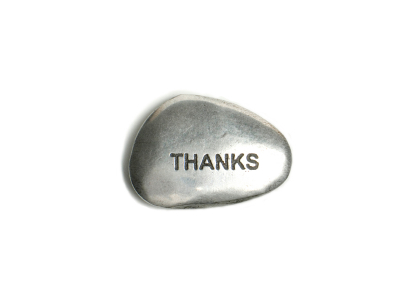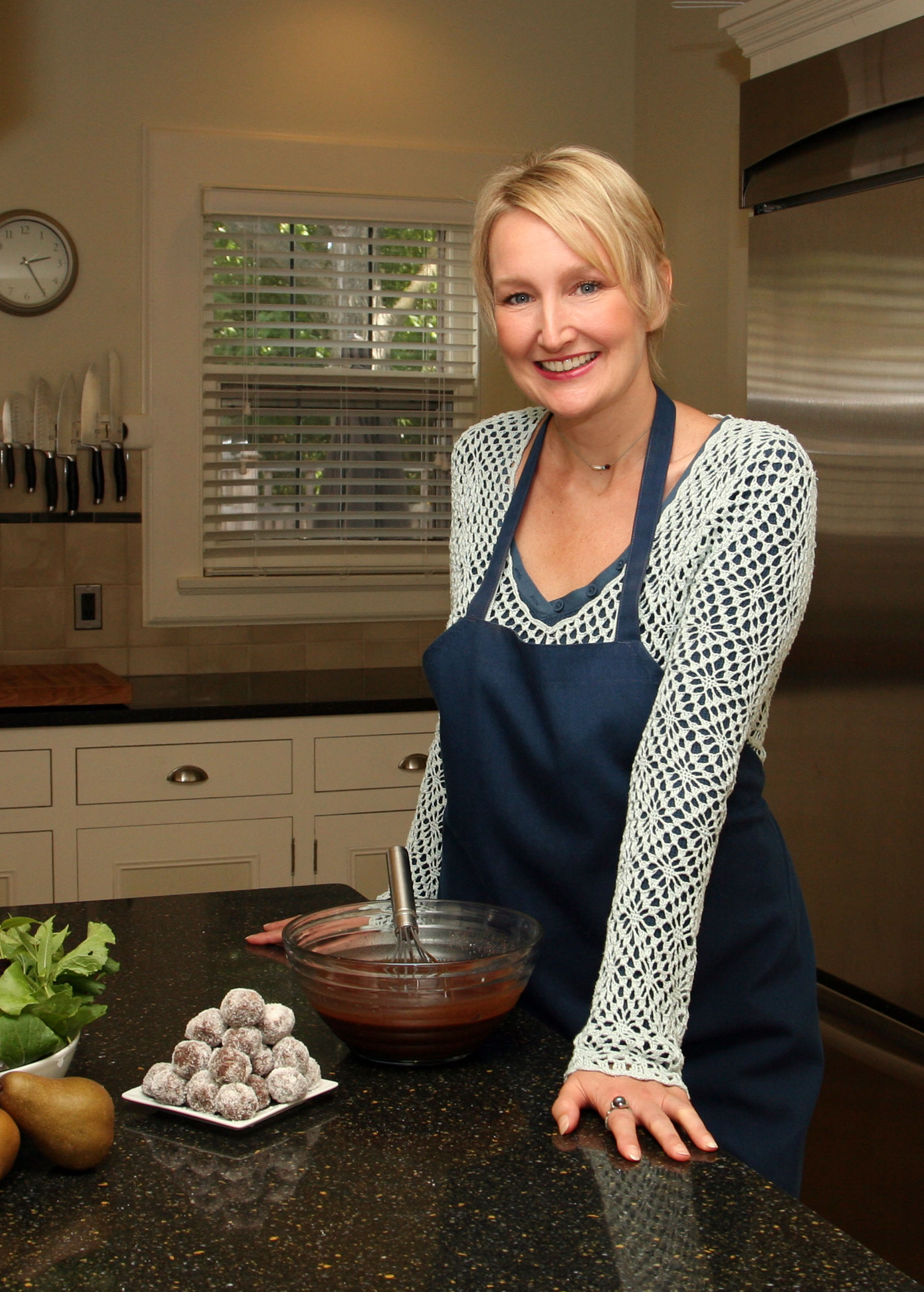Choices. Putting A Study of Gratitude into Practice.
 Tuesday, November 22, 2011 at 6:00PM
Tuesday, November 22, 2011 at 6:00PM  Elisabeth Veltman, The Tender Foodie tagged
Elisabeth Veltman, The Tender Foodie tagged  gratitude,
gratitude,  health,
health,  sleep,
sleep,  thanksgiving
thanksgiving  Email Article
Email Article  Print Article in
Print Article in  Health,
Health,  Holiday
Holiday 
Surprised by Choices
I've been thinking about Thanksgiving. (You are all like, "duh, who isn't?") I confess, my thoughts have not been the golden lights of happiness that I always expect when this time of year rolls around. I'm an eternal optimist and Thanksgiving is a holiday about my favorite things - food, people, conversation, love ... Even though this year shines as a better example than past offenders (in terms of life events, tragedies big and small, health and good friends) I find myself NOT being grateful.
I wonder. What's up with that? Though there are tangible reasons to be sad and anxious and really, really disappointed, there are also gads of reasons to be thankful. I know what is bothering me, but why is my dark side taking over my every thought?
And doing it right now? When things are pretty darn good?
A Shaman once told me that when your world is at its very worst, being grateful for what you do have can change your life. Even when life kicks you and then kicks you again, there is always something for which to be grateful. To prove her theory, she gave me an exercise to do every day. I was instructed to say "thank you" for at least one thing, one person or one event in my life. Actually say, "Thank you" out loud. She said that this simple act of expressing one's gratitude helps re-arrange your bodily functions, your cells, maybe even your DNA. And yes, it strengthens that aura all of the new agey folks talk about. And yes, I did say, "Shaman".
After this magical encounter, I sat in meditation every morning after I rolled out of bed, and every evening before I went to bed. During each meditation I was grateful for something. It started to ground me. It quieted the chatter in my head. It created a bit of space around me where healing could take place. I found cool ideas surprising my mind. I made better, more immediate decisions. I was less rattled by the whriling dervishes that circled my cage at that time. I could see that there were good things and great people in my corner. I could see that I had choices.
Choices are so important. Seeing your choices can get you out of all kinds of crap.
Studies in Gratitude
I kept that practice up, until I didn't.
So when I read the article published today in the New York Times about gratitude, I thought I would try their suggestion and pass it along for you to try with me. Should you choose.
The experts in the article confirm what the Shaman told me:
Cultivating an “attitude of gratitude” has been linked to better health, sounder sleep, less anxiety and depression, higher long-term satisfaction with life and kinder behavior toward others, including romantic partners.
A bunch of psychologists have been studying gratitude in a big way, and they found that:
Further benefits were observed in a study of polio survivors and other people with neuromuscular problems. The ones who kept a gratitude journal reported feeling happier and more optimistic than those in a control group, and these reports were corroborated by observations from their spouses. These grateful people also fell asleep more quickly at night, slept longer and woke up feeling more refreshed.
Robert A. Emmons, of the University of California, Davis, used a gratitude journal in the experiements mention above. Experiments he conducted along with Michael E. McCullough of the University of Miami.
Gratitude Journal How-To's
A gratitude journal is simple. If you follow the good doctor/researchers' advice, you need only list five things for which you feel grateful. Use only one sentence for each of the 5 things in your list to describe it. Do it only once a week.
As busy-ness sets in and I try to keep up, I've strayed a bit from my practice of gratitude and I feel the effects. This latest awareness calls for immediate action, so I'm starting with a gratitude journal toute suite to super charge my cells, and my appetite.
This post isn't about food, but your food does taste better when you approach it with a grateful heart. The scientists may not have tested this (at least it wasn't in the article), but this is a fact that I know without a doubt.
I'm also very grateful for out Tender Foodie Community. Your depth of knowledge and generosity in sharing it is a beautiful, beautiful thing. I look forward to, and am thankful for, the beauty yet to come.
So go forth Tender Foodies, find gratefulness, wet your appetite, and spread the love!!



